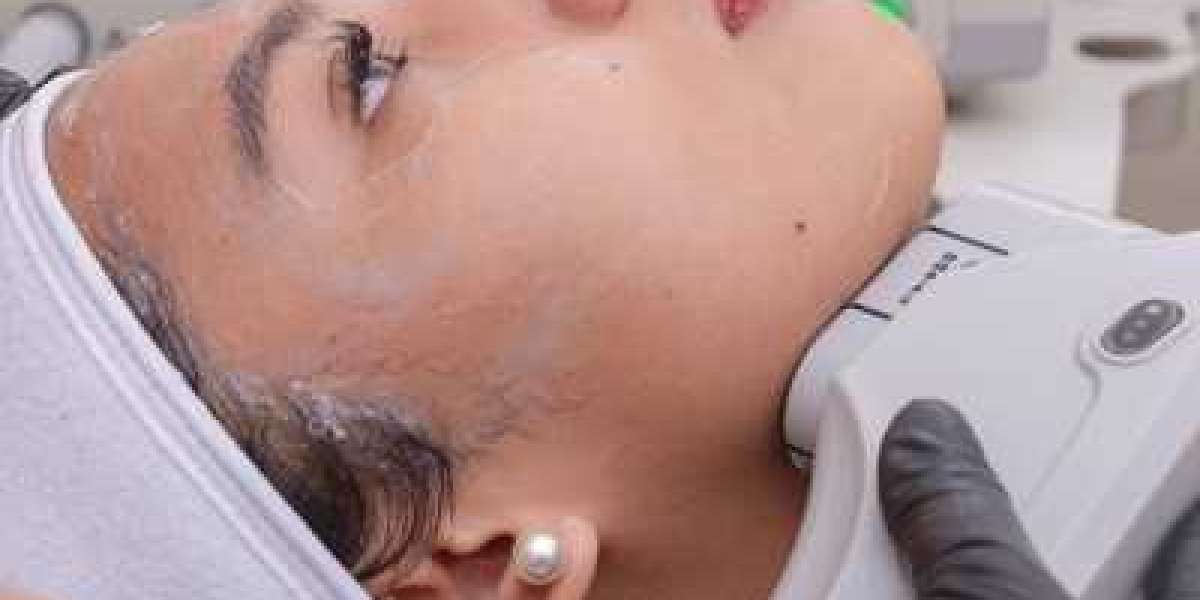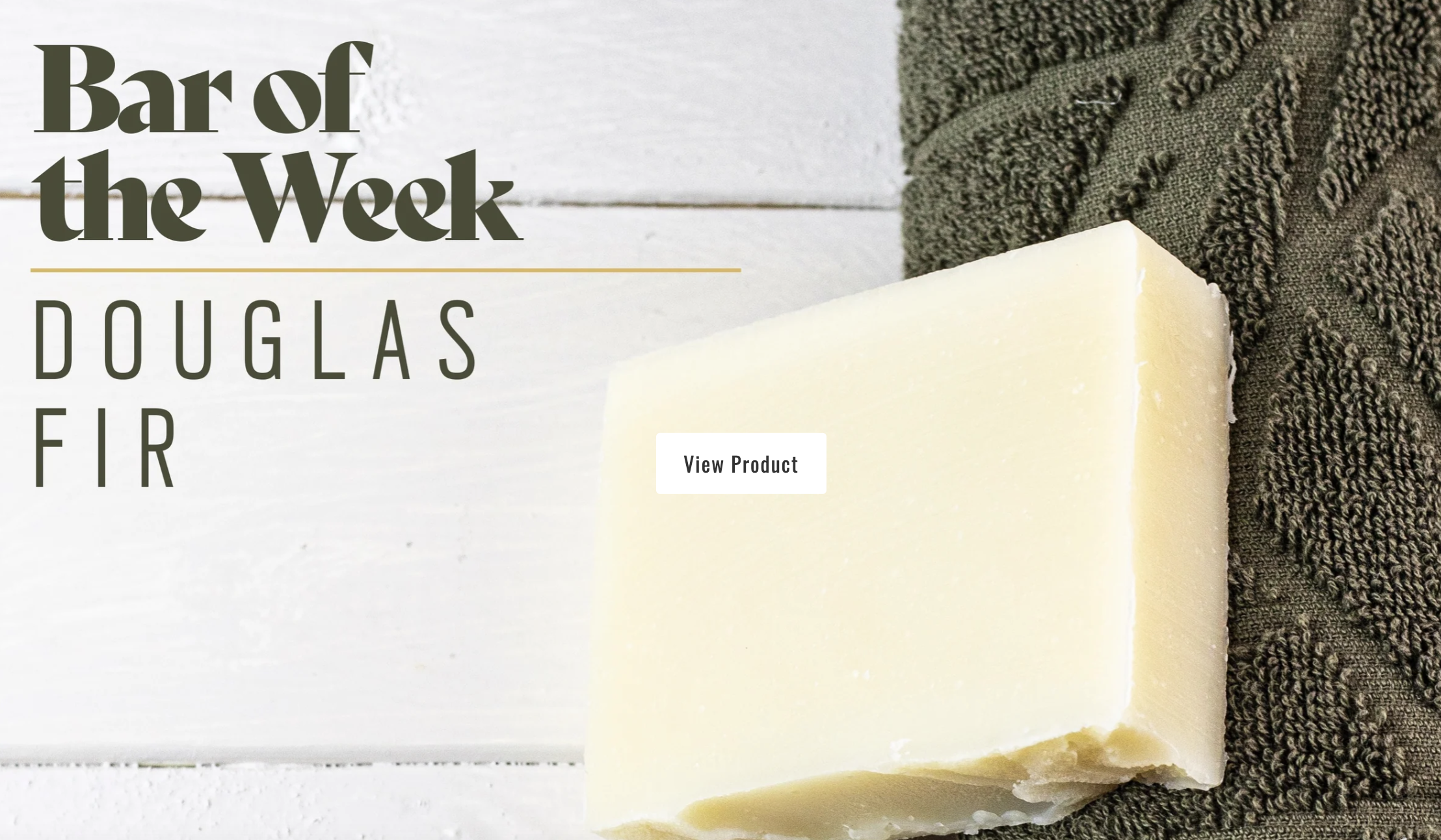Microneedling and High-Intensity Focused Ultrasound (HIFU) are two popular non-invasive treatments designed to improve skin texture, firmness, and overall appearance. Both procedures offer unique benefits and are used to address various skin concerns. If you’re considering these treatments, you may wonder which one is better suited to your needs. In this blog, we’ll compare microneedling and HIFU treatment to help you make an informed decision based on your skincare goals.
1. Understanding Microneedling:
Microneedling, also known as collagen induction therapy, involves using a device with fine needles to create tiny punctures in the skin. These micro-injuries stimulate the body’s natural healing process, leading to increased collagen and elastin production.
Mechanism: The procedure triggers the skin’s repair response, which helps improve skin texture, reduce fine lines and wrinkles, and enhance overall skin tone.
Benefits: Microneedling is effective for treating acne scars, enlarged pores, and skin texture issues. It also promotes a smoother and more even complexion.
Recovery: Post-treatment, you might experience redness and mild swelling for a few days. Recovery is generally quick, with minimal downtime.
2. Understanding HIFU:
High-Intensity Focused Ultrasound (HIFU) uses focused ultrasound energy to penetrate the deeper layers of the skin, including the Superficial Muscular Aponeurotic System (SMAS) and dermis. This energy stimulates collagen production and causes tissue contraction, leading to tighter, firmer skin.
Mechanism: HIFU heats targeted areas of the skin, promoting collagen regeneration and providing a lifting effect. It’s commonly used for tightening and lifting the face, neck, and décolletage.
Benefits: HIFU is effective for addressing sagging skin, improving jawline definition, and enhancing overall skin firmness. It is particularly useful for individuals looking for a non-surgical alternative to facelifts.
Recovery: The recovery period is minimal, with potential mild redness and swelling that typically resolves within a few hours to a few days.
3. Comparing Microneedling and HIFU:
Here’s a comparative look at both treatments to help determine which might be better suited to your needs:
1. Treatment Goals:
Microneedling: Best for improving skin texture, reducing acne scars, and treating enlarged pores. It enhances overall skin appearance by stimulating collagen and elastin production.
HIFU: Ideal for skin tightening and lifting. It’s effective for addressing sagging skin, enhancing jawline definition, and improving skin firmness. HIFU provides a lifting effect that microneedling does not.
2. Depth of Treatment:
Microneedling: Targets the epidermis and upper dermis. It’s effective for surface-level concerns and improves texture and tone.
HIFU: Reaches deeper layers of the skin, including the SMAS. It’s more suitable for deeper skin tightening and lifting.
3. Pain and Discomfort:
Microneedling: May cause some discomfort during the procedure, but topical numbing cream is usually applied to minimize pain. Post-treatment, there may be redness and sensitivity.
HIFU: Patients may experience a slight warming or tingling sensation during the procedure. Discomfort is generally minimal, and any redness or swelling usually resolves quickly.
4. Downtime and Recovery:
Microneedling: Recovery is relatively quick, with most patients experiencing redness and mild swelling for a few days. Skin may feel sensitive, but normal activities can usually be resumed shortly.
HIFU: Downtime is minimal, with potential mild redness and swelling that resolves within a few hours to a few days. Patients can typically return to their daily routine immediately.
5. Results and Longevity:
Microneedling: Results gradually improve over several weeks as collagen production increases. Multiple sessions may be needed for optimal results, and maintenance treatments are often recommended.
HIFU: Results develop over two to three months as collagen continues to regenerate. The effects can last up to a year or more, with periodic maintenance sessions recommended to sustain results.
4. Choosing the Right Treatment:
Your choice between microneedling and HIFU will depend on your specific skin concerns and goals:
For Skin Texture and Scarring: If your primary concern is skin texture, acne scars, or enlarged pores, microneedling may be more suitable.
For Tightening and Lifting: If you’re looking for a treatment that provides lifting and tightening effects, particularly in areas with sagging skin, HIFU may be the better option.
5. Consulting with a Professional:
To determine which treatment is right for you, consult with a qualified dermatologist or aesthetic practitioner. They can assess your skin condition, discuss your goals, and recommend the most effective treatment based on your individual needs.
Conclusion:
Both microneedling and HIFU offer unique benefits and can be effective in improving skin appearance, but they serve different purposes. Microneedling excels in enhancing skin texture and treating surface-level concerns, while HIFU is more focused on deeper skin tightening and lifting. By understanding the differences and consulting with a professional, you can make an informed decision that aligns with your skincare goals and achieves the best results for your skin.
For more information visit Enfield royal clinic in Islamaabd.











